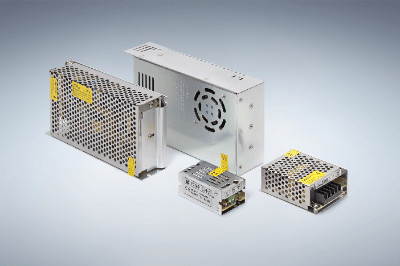What Is Theodolite?

Theodolite is a surveying instrument that precisely measures horizontal and elevation angles.
By rotating the telescope mounted on a precision rotation and precision vertical swing stage independently in the horizontal and vertical directions, it is possible to accurately measure and determine angles between distant measurement points.
It is an indispensable instrument for surveying in the civil engineering and construction fields and is always used in conjunction with a tripod.
Currently, there are three main types of theodolites: optical theodolites, digital theodolites, and laser theodolites.
Application of Theodolite
Theodolites are used for surveying at civil engineering and construction sites.
The accurate measurement of horizontal and elevation angles makes them particularly suitable for the following applications:
- Right angle (90°) measurement on the target ground
- Setting up a precise horizontal straight-line path
- Precise measurement of elevation and tilt angles
Theodolite is mounted on a special tripod to keep it horizontal and completely fixed on the reference point during surveying.
Combined with precise distance measurements, it is also possible to locate any single point in any space.
Theodolite Principle
A theodolite is essentially a telescope mounted on a precision rotation stage in the horizontal plane and a precision swing stage in the vertical plane.
This allows the telescope to rotate independently horizontally and vertically to precisely determine the angle between any two measurement points.
Almost all theodolites have a telescope magnification of 30x.
They must be mounted on a tripod to secure their position during surveying and have a screw mount at the bottom.
Currently, there are three types of theodolites: those that combine an ordinary optical telescope with a digital micrometer (optical theodolite). Then ones that have a mechanism that displays the surveyed value in the field of view by looking through the telescope at the target point (digital theodolite), and the other is a laser theodolite that combines a digital theodolite and a visible laser to create a clear surveying reference line.
When used in conjunction with a distance surveyor, it is possible to determine the position of any arbitrary point in space.
Types of Theodolites
There are three types of theodolites: optical theodolites, digital theodolites, and laser theodolites.
Optical theodolites use an optical micrometer built into an optical telescope to read angles, and since they do not use batteries, there is no need to worry about running out of power.
Digital (electronic) theodolites measure and display angles electronically. It is the most mainstream of the three types of theodolites, characterized by fast readings and low reading errors.
The laser type incorporates a laser diode and features a laser spot that illuminates the observation point. It is effective in underground and tunnel construction.
Differences between Theodolite, Transit, and Total Station
Theodolite and Transit are both surveying instruments that measure two types of angles: horizontal and elevation angles. The one that reads angles on a scale is called a transit, while the one that displays angles digitally is called an electronic theodolite. Electronic theodolites are the most common type of theodolite.
In contrast, a total station can measure both distance and angle with a single unit. A total station is a theodolite with an additional function to measure distance. A total station is also called a lightwave because it has the function of a lightwave rangefinder. They are more expensive than theodolites because they have more functions, such as a microcomputer and operating system that can be remotely operated.
While total stations can measure both distance and angle, the accuracy of angle measurement is generally higher with theodolites. Therefore, they are used on relatively small civil engineering sites.
Differences in angle detection methods of Theodolites
There are two types of surveying instruments such as theodolites: those that require the telescope to be rotated after turning on the power to survey, and those that can survey immediately after turning on the power. This is due to the difference between the two methods: incremental and absolute.
The incremental method measures the amount of angle change by adding the number of slits engraved on the protractor. One of the slits has a marker for the zero point of the angle, which is 0 degrees for horizontal angles and 90 degrees for vertical angles. The angle cannot be measured unless it passes through this zero point after the power is turned on.
The absolute method measures the current angle by reading the pattern written on the protractor, so the angle can be read immediately after turning on the power. However, it tends to be more expensive than the incremental method.
How to Use Theodolite
Centering and leveling are performed during the installation of the theodolite, but first, the flat and circular bubble tubes and centering telescope must be inspected and adjusted to ensure that these are performed correctly.
After the theodolite inspection and adjustment are completed, the theodolite is installed. There are several precautions to be taken when using the theodolite. Theodolite is a precision instrument and should not be subjected to vibration or shock. When transporting it, it should not be carried on the shoulder while attached to the tripod. If the camera gets wet in the rain, dry it well. If the lens gets dirty, wipe it gently with a soft cloth moistened with alcohol. Also, remove the batteries when not in use for long periods. Tighten the tripod securely on the centering cans and thumbscrews. When transporting the tripod, make sure the thumbscrews are tightened securely and do not point the base of the tripod at people.
To set up the theodolite, first set up the tripod and perform “centering” to align the center of the theodolite body and the measurement point on the same vertical line. Next, the vertical axis of the theodolite is adjusted to the vertical plane, and the center of the telescope is aligned with the center of the prism. These steps are repeated and adjusted to ensure that everything is aligned so that measurements can be taken.
After installation, positive and negative observations are made to eliminate mechanical errors. Then, inspect and adjust the flat-plate bubble tube, the circular bubble tube, and the centripetal telescope to ensure that the measurements are normal.
Cautions for using theodolite
There are several precautions to be taken when using a theodolite. Theodolites are precision instruments and should not be subjected to vibration or shock, and should not be carried on the shoulder while attached to a tripod. If the camera gets wet in the rain, dry it well. If the lens gets dirty, wipe it gently with a soft cloth moistened with alcohol. Also, remove the batteries when not in use for long periods. Tighten the tripod securely on the centering cans and thumbscrews. When transporting the tripod, make sure the thumbscrews are tightened securely and do not point the base of the tripod at people.
In addition to the theodolite itself, the choice of tripod is also important. First, there are two types of materials: wooden and aluminum. Wooden tripods are less prone to expansion due to temperature, which allows for more accurate surveying, but their high price and weight are disadvantages. In contrast, aluminum tripods are lightweight, inexpensive, and easy to carry, but they are less accurate than wooden tripods due to thermal expansion.
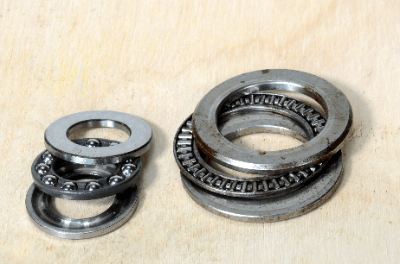
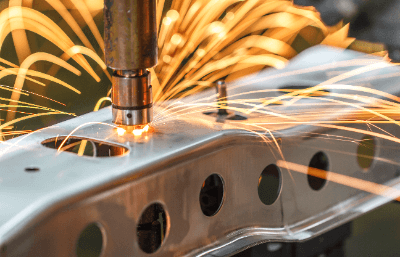 Spot Welding is a type of welding method along with Arc Welding and Gas Welding.
Spot Welding is a type of welding method along with Arc Welding and Gas Welding.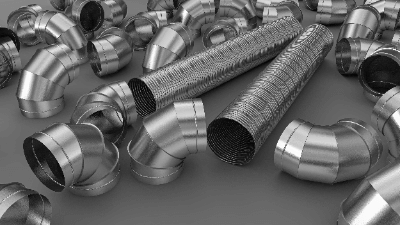
 A Strainer is a component that removes fine particles from a liquid or gas. A similar component is a
A Strainer is a component that removes fine particles from a liquid or gas. A similar component is a 
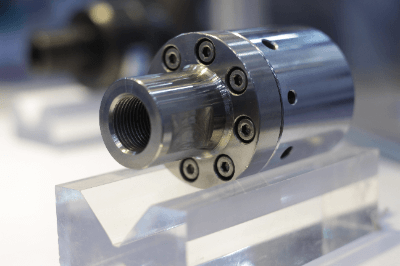 A swivel joint is a piping joint for supplying water, air, oil, or other fluids to a machine part that performs rotary motion or linear motion in the vertical, horizontal, or forward/backward directions.
A swivel joint is a piping joint for supplying water, air, oil, or other fluids to a machine part that performs rotary motion or linear motion in the vertical, horizontal, or forward/backward directions.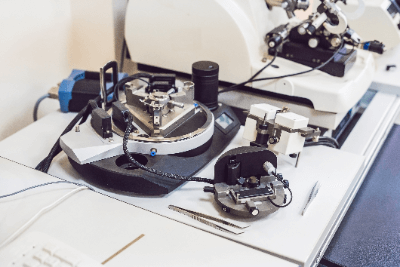 AFMs (
AFMs (